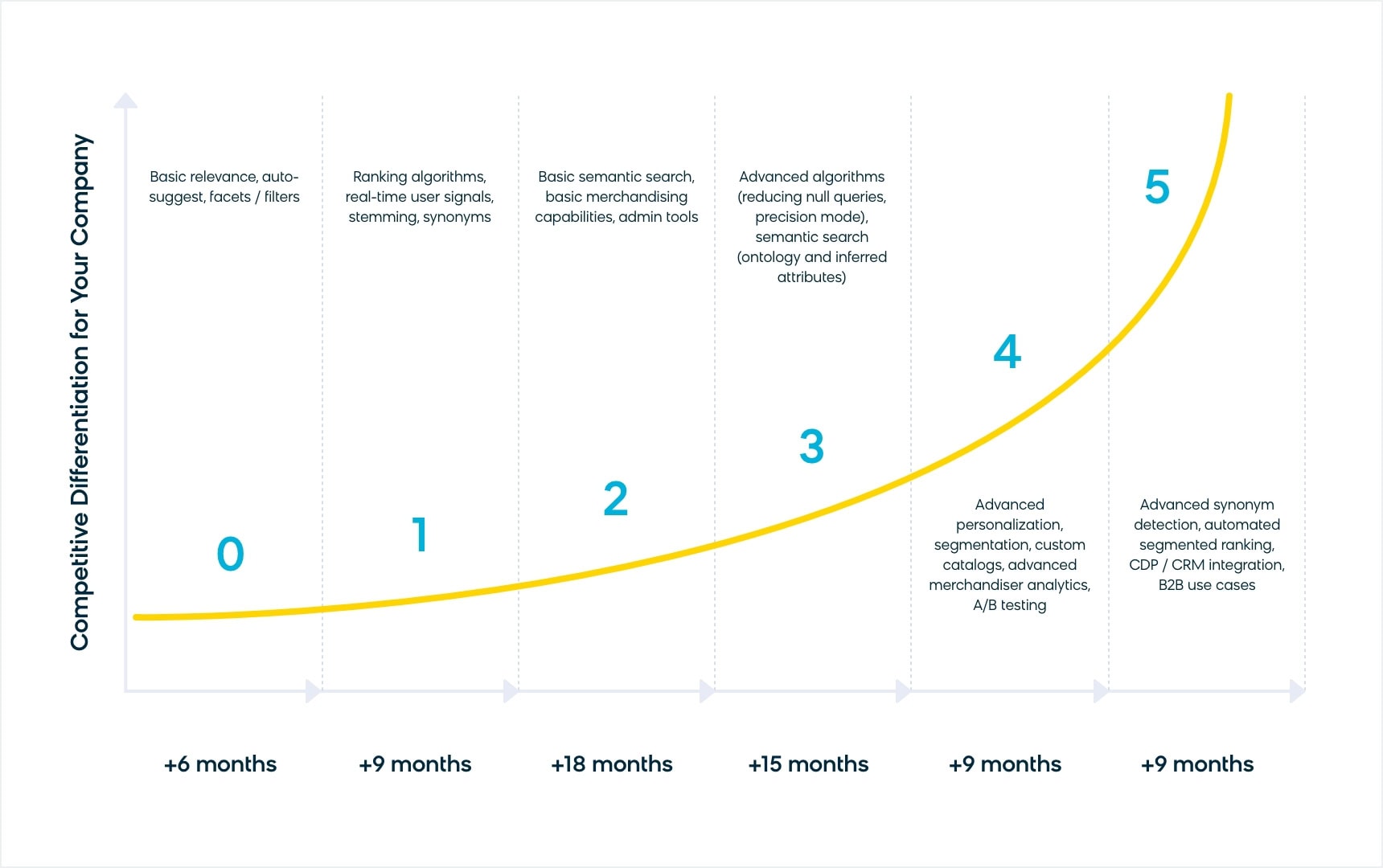AI has been the hot new buzzword of late, thanks in no small part to ChatGPT and other generative AI tools. And understandably, many people have approached AI with a certain wariness, whether they’re skeptical of AI’s efficacy or worried it’ll put people out of jobs.
This scrutiny of AI hasn’t escaped the land of merchandising, either. That’s because for as long as there’s been retail, there’s been merchandising. But with so much focus being placed on AI, what does that mean for the people who’ve always been at the center of the merchandising process?
AI in Merchandising: Big Deal or Passing Fad?
AI isn’t going away, but the good news is it’s also highly unlikely to be replacing merchandising jobs. If anything, AI will simply change the way merchandisers approach their jobs (for the better).
The most crucial part here is not being overly reactive to AI. Some people will want to jump right in and invest everything they have into AI without really understanding it. For example, do you know where your search and merchandising capabilities sit on the AI maturity curve?
Depending on where you are on that curve, your relationship with AI can vary widely. Do you still need to find or build a solution from scratch? Will you need to train machine learning models or get pixels to learn your customer behavior? Or will you already have day zero learnings to help personalize your on-site experience immediately?
And above all, have you thought about where your merchandisers fit in? It’s becoming increasingly clear that, for the foreseeable future, it’ll be impossible to have AI be a “set it and forget it” solution.
It’s All About Balance
The retailers that will see the most success with AI will be able to balance the science behind the technology with the art of merchandising. Key to this is the 80/20 rule of merchandising, where merchandisers use technology to handle 80% of tasks so they can focus their attention on the 20% of tasks that can push the business forward.
For example, you can leverage AI to identify and prioritize the areas that will have the biggest impact on top-line revenue, which in turn will help merchandisers accelerate their work and drive greater outcomes.
And are your merchandisers still manually adding synonyms? With the right technology, you can have algorithms automatically handle maintenance and optimize keywords for conversion and revenue. That way, your merchandisers can focus on business priorities and overarching strategy.
Basically, if you’re only using AI to ensure that products are in the correct categories, then you’re doing it wrong. At the same time, AI isn’t some “magical bullet” that’ll boost conversions overnight.
In our recent Merchandiser Meetup, we explored how many retailers fall into the “sale mentality” trap, where the go-to solution is to simply offer sales/discounts to boost engagement. That’s a waste of AI’s (and your merchandising team’s) potential, and it’s a good way to create bargain hunters vs. brand loyalists.
Instead, with algorithms automating the busywork (the science), your merchandisers can implement promotional strategies that inspire your customers with thoughtful storytelling and recommendations (the art).
Looking Ahead
AI can be an absolute game-changer for merchandising, but only if implemented properly. With a solution like Bloomreach Discovery, which features an industry-leading GenAI core backed by the largest ecommerce dataset out there, your merchandisers can work in tandem with a powerful optimization engine to optimize the shopping experience around your shoppers.
Learn more about how you can use the power of AI to unlock the full potential of your merchandising strategy.















